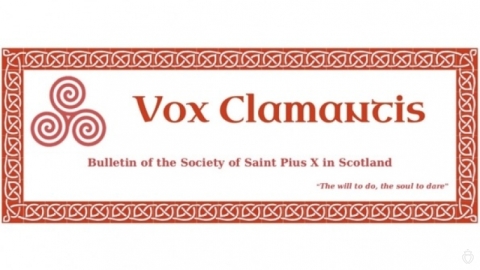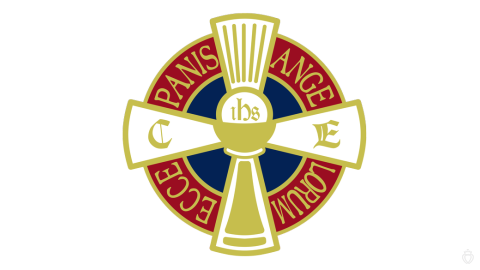Learn the Chant

Dear Faithful,
Almost everyone is capable of singing in tune and so almost everyone is capable of Gregorian Chant. In every chapel, a goodly number should set themselves to learning how to sing Gregorian Chant with devotion, restraint, precision and in unison.
To the beginner, the complexity of the notation and its proper interpretation is daunting, but this need not be an excuse for abandoning the project. Beginners can pass straight to the recordings of the most frequently sung "commons" (Kyrie, Gloria, Sanctus, Agnus Dei) and "Credos" and learn them by heart. If the recordings are part of a video displaying a rolling musical notation, it is not too difficult to discern the meaning of the notation. Emboldened by early success, the beginner may then advance in the science of Gregorian Chant by following many of the online resources available to the general public, and then join a choir or "schola". Then the "propers" (Introit, Gradual & Alleluia, Offertory, Commonuion and Postcommunion) should be within reach.
Learning Gregorian Chant is a school of virtue; it requires perseverance to practice, and humility to accept correction from the schola master. It is an act of piety for oneself and an encouragement to devotion for others when it is sung well ie. with devotion, restraint, precision and in unison.
Some common pitfalls are worth noting: the first is to think that louder is better, then to think that slower is more devotional, and the third is to become entangled in endless arguments about the authentic interpretation of Gregorian Chant.
Here are some links that may be of use:
- Stephan George - Kyrie VIII
- Stephan George - all videos
- ccwatershed.org
- beginner-guide-chant.pdf
Sancta Caecilia, ora pro nobis.
In Jesu et Maria,
Fathe Robert Brucciani.





